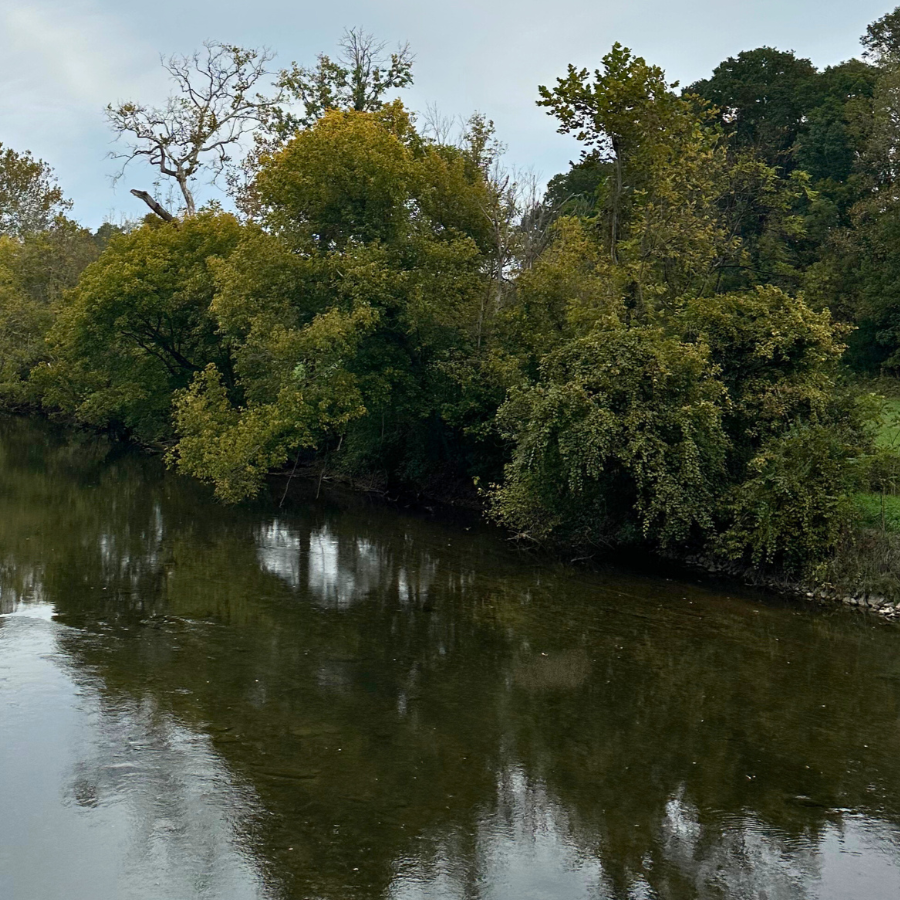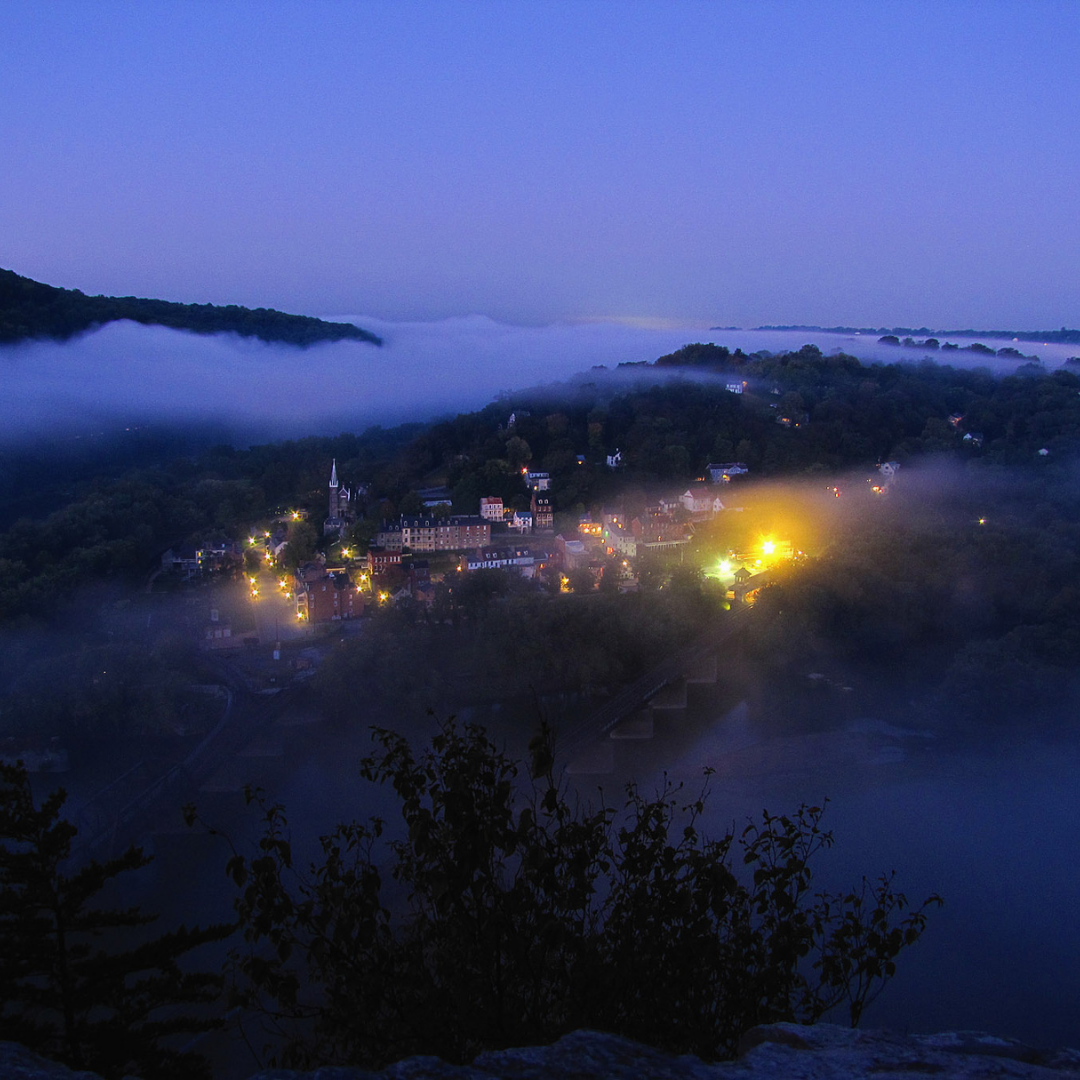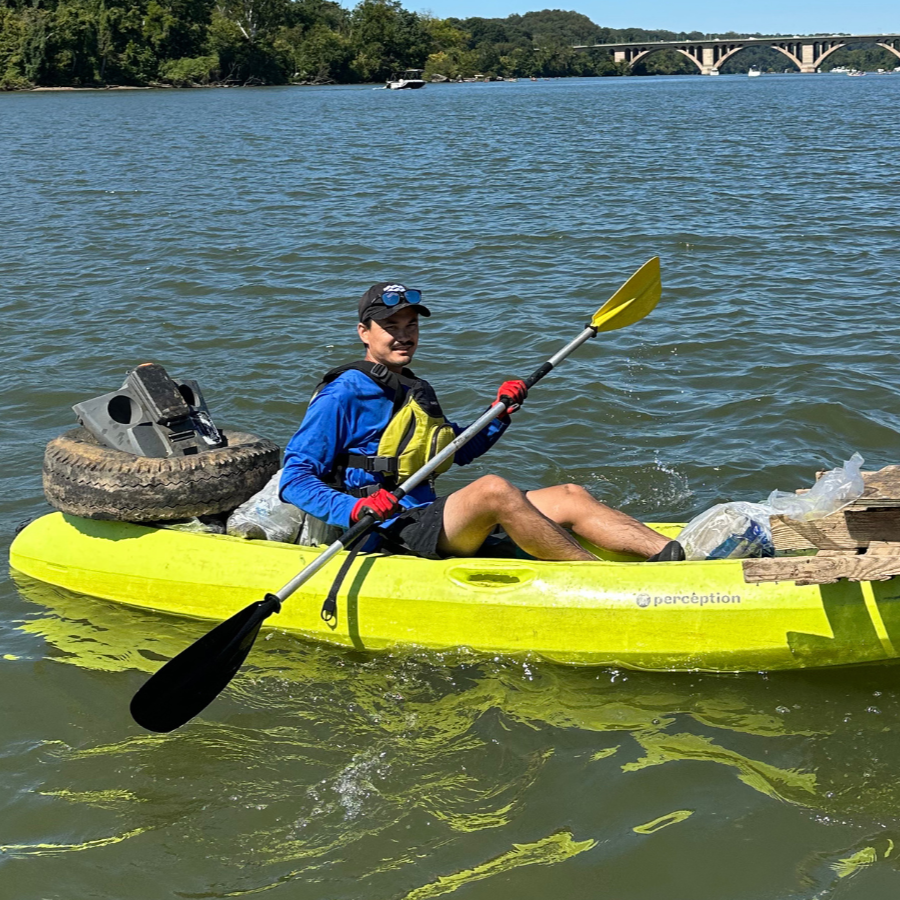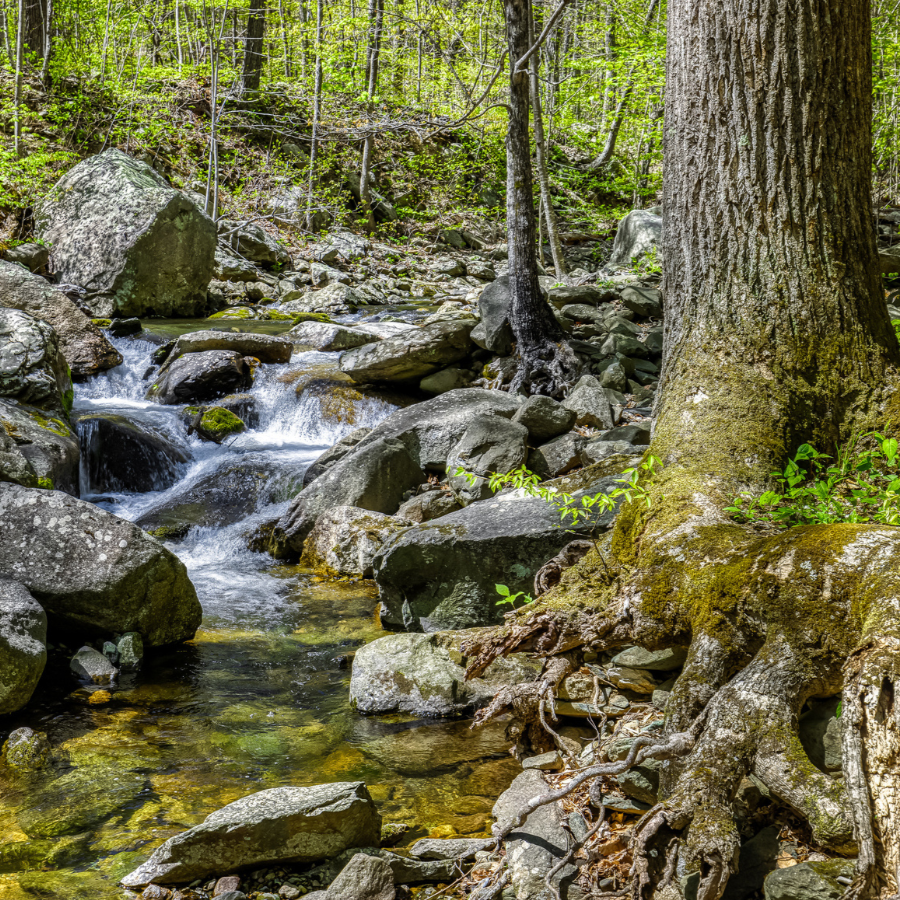8 Potomac Success Stories To Be Thankful For
/From policy successes to improving fisheries, there's a lot to celebrate
Ah, Thanksgiving. A time to feast on comfort food, spend time with family, and reflect on all the things we're grateful for.
Fortunately for us, this year was full of conservation victories for the Potomac. Here are a few of the many things that Potomac Conservancy is thankful for this year.
8. White Horse Mountain Saved
In May, Potomac Conservancy purchased White Horse Mountain, permanently protecting one of the largest remaining tracts of undeveloped forest in our region.
Saving White Horse is a huge win for clean water, healthy habitats, and rural heritage. Once we reach our final $3.2 million fundraising goal, we will transfer the property to the West Virginia Division of Natural Resources and it will become a new conservation area for public hiking, wildlife watching, hunting, and more.
More than 250 online donors contributed to our crowdsourcing campaign, raising more than $37,000! We’re also thankful for The Conservation Fund, which made the purchase possible by providing Potomac Conservancy with a loan. Thank you to everyone who made this clean water victory possible!
7. Prince George's and Montgomery counties ban Styrofoam
If you live in or around DC, your takeout will soon no longer “take out” the environment!
Montgomery and Prince George’s counties followed in Washington DC’s footsteps this year to ban the sale and use of Styrofoam for both shipping and takeout containers. By mid-2016, the Anacostia Watershed will become one of the first in the country to be Styrofoam free!
Styrofoam — a petroleum-based plastic — accounts for a significant share of the litter and pollution found in local streams and creeks, including the Potomac River. Bans in DC and Montgomery County take effect in January. The ban in Prince George’s County will begin in July 2016.
6. Maryland passes strong stormwater legislation
After months of uncertainty, Maryland’s legislature and Governor Larry Hogan stood up for clean water in a big way by passing strong stormwater legislation in April. The state’s largest municipalities will be required to fund pollution-reduction projects and will be held accountable through financial penalties and annual reporting.
Reducing polluted runoff will improve the health of our local streams and creeks and ultimately the Chesapeake Bay. Polluted runoff is the only growing source of pollution to the Potomac, and we are thankful that Maryland’s legislature has taken steps to combat this growing threat!
5. Potomac shad exceeds restoration goals
American shad, one of the most well-known herring in the Chesapeake Bay, are an overall indicator of water quality. Once a major pillar of fisheries throughout the Potomac region, several factors, from overfishing to pollution, caused populations to severely decline in recent decades.
In May, the Chesapeake Bay Program, which has been working to restore shad populations across the Bay region, announced that Potomac shad populations exceeded their target goal by 130 percent! We’re thankful American shad are back in our Nation’s River!
There's also good news for smallmouth bass! Officials with the Maryland Department of Natural Resources expect the number of smallmouth bass in the Potomac to increase in the coming years.
4. Chesapeake Bay restoration plan upheld
On July 6 the US Court of Appeals voted to uphold the multi-state clean water restoration plan that the EPA and the Bay states developed under the federal Clean Water Act.
The ruling means local pollution reduction efforts in the Potomac River and other Chesapeake Bay tributaries must continue as planned!
Thanks to this landmark ruling, a restored and healthy Bay will be a reality in our children's lifetimes! That’s certainly something to be thankful for.
3. Frederick County gets back on track
Frederick County, Maryland, home to some of the most polluted waters in the state, will spend nearly $3.5 million to improve water quality in local streams and creeks in the coming year.
Potomac Conservancy members, online activists, and our partners in the Clean Water Frederick Coalition played a key role in advocating for improved clean water protections in Frederick County. More than 1,500 county residents signed petitions, submitted public comments, and engaged local officials on clean water issues. We are so thankful to everyone who spoke up for clean water! Here’s to clean streams in Frederick’s future!
2. Mallows Bay to become newest Marine Sancutary
In September, President Obama and NOAA announced plans to designate Mallows Bay along the Potomac River as a National Marine Sanctuary. The bay is home to the largest collection of shipwrecked vessels in the western hemisphere!
Mallows Bay isn’t only a great destination for history buffs, it’s also an ecological gold mine, home to a wide variety of animals and plants, including bald eagles, herons, beavers, river otters, and numerous species of fish.
Final preparations and hearings are currently underway; proponents are seeking to complete the designation plans by early 2017.
1. Our 17,000 river advocates, volunteers, and supporters
Last, but certainly not least, we’re thankful for YOU, our friends, donors, volunteers, board members, and partners! We’re grateful to have such a great group of river advocates on our side. Thank you for all that you do to stand up for clean water and fight for a healthy, restored Potomac!






















Snow’s certainly not been a stanger this winter! Using salt can keep our roads safe, but it has dangerous consequences for the Potomac River.
Learn about the threat of rising salt levels in the Potomac and its tributaries, and alternatives to traditional salt to keep both our roads and freshwater safe.